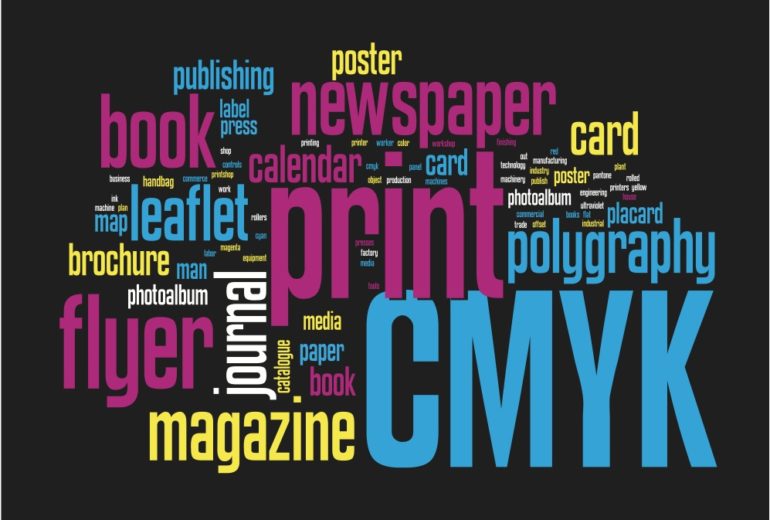Print advertisements have formed the backbone of many a great marketing campaign. Even as the world of digital media expands, print still serves a vital and defining role in brand strategy.
However, creating an ad for scientists that’s both memorable and actionable doesn’t come easy — even when you have an experienced design team at your disposal. Once you’ve completed market research to identify publications that are the best match for your campaign goals, it’s time to fine-tune the look and message of your ad.
Follow these best practices to connect with your audience and drive action.
1. Be Simple and Bold.
Like every consumer, scientists are exposed to ads all day long; you’ve got to be noticeable and original to stand out from the clutter and grab their attention. A teenage girl has very different interests than a middle-aged scientist, so get them involved by speaking to these needs and using their language. Use a relevant headline, but seek to avoid acronyms and jargon that might create confusion. After all, you only have a few seconds to capture their curiosity. The overall design should also be simple; too many images, fonts, or messages will make reading more difficult.
2. Make Sure It Matches.
As you create an integrated advertising campaign, it’s crucial to ensure all design pieces have coordinating fonts, colors, logos, and are cohesive overall. Your print ads must fit into the big picture. However, true integration goes beyond design; it also means that all of the elements are working together, leading the prospect through the sales cycle and presenting complementary information.
3. Show Them Why They Should Care.
Once you’ve attracted readers’ attention, engage them. Why should they care about what you are selling? Explain how you can efficiently spend tight lab funds or make their lives better, instead of just stating it. Rely on the principle of externalizing a complex problem, simplifying it, and then offering an equally simple solution.
4. Create Desire.
After you earn your audience’s attention, work on developing the desire to buy. Amplify the scientists’ curiosity in the product or service you’re offering. Include statements to help them visualize ownership and become motivated to make a purchase. Highlight your competitive advantage — a customer testimonial could be a great way to do this. Too many ads succeed at being clever, but fail to sell the specific benefits of the featured product or service.
5. Spur Action.
You’ve created the desire. Now tell your audience what to do next. Scientists are busy; don’t make them guess how to reach you. Prominently include your website address, phone number or other means for getting in touch. By readily offering something of value – such as a white paper – you can drive them to their next destination in the buyer’s journey.

What practices have you found most useful in designing effective print advertisements to reach your target audience?
Keywords: Best Practices, Print
 Subscribe
Subscribe